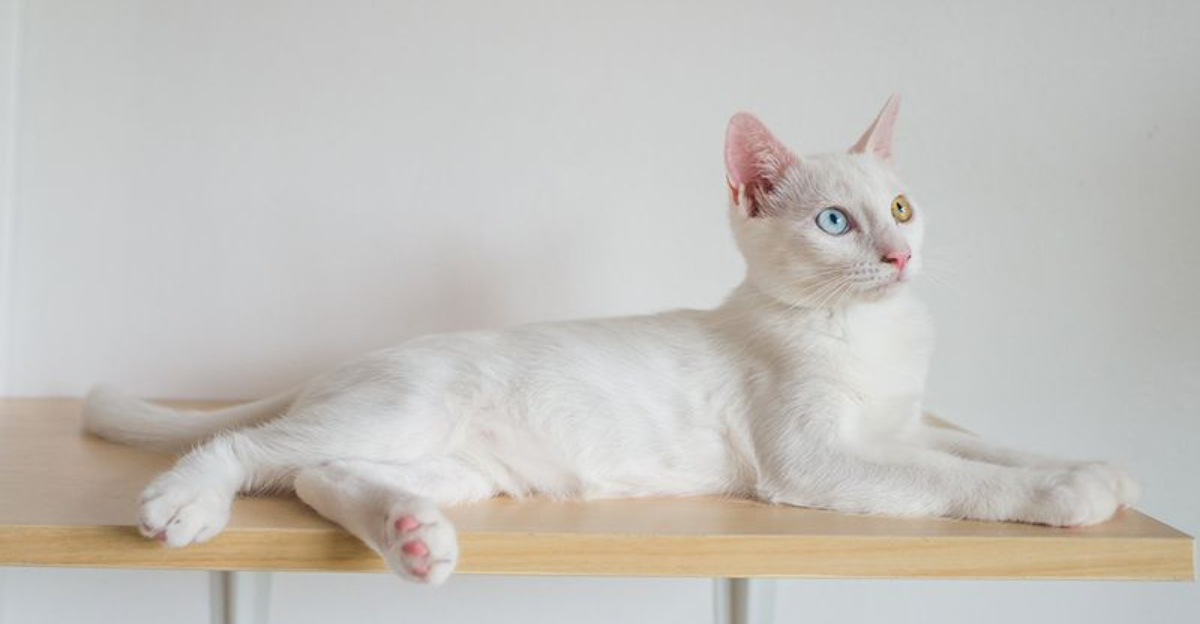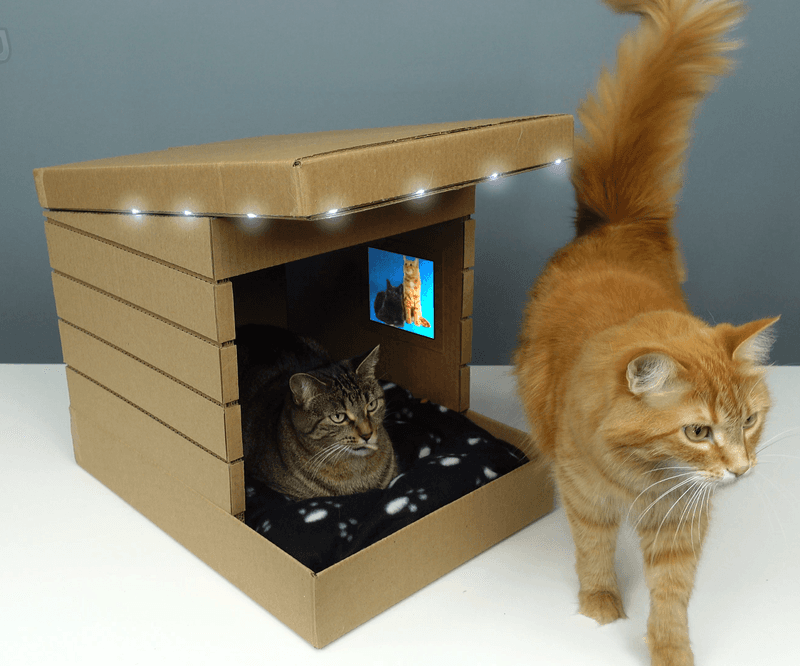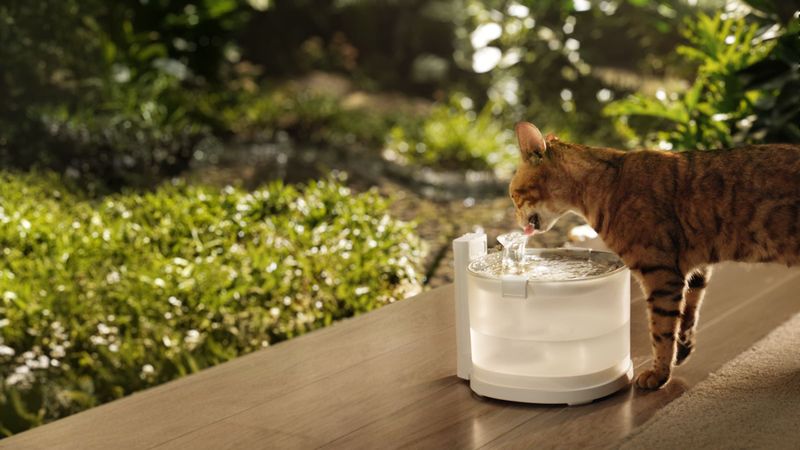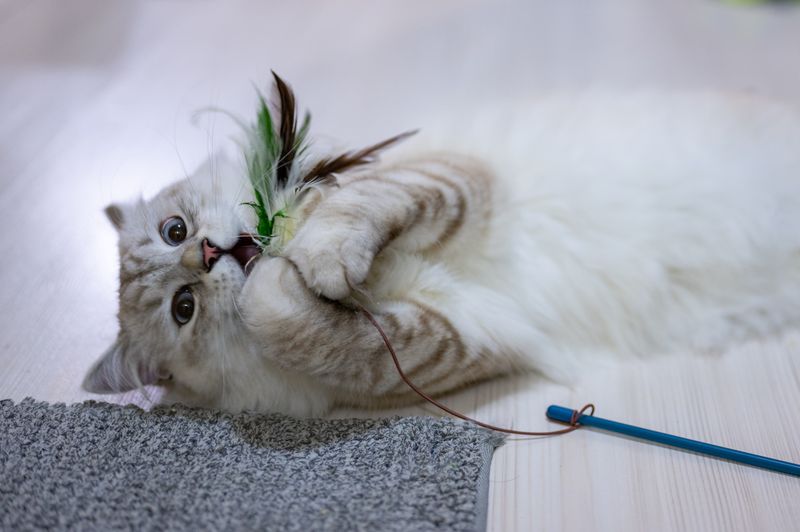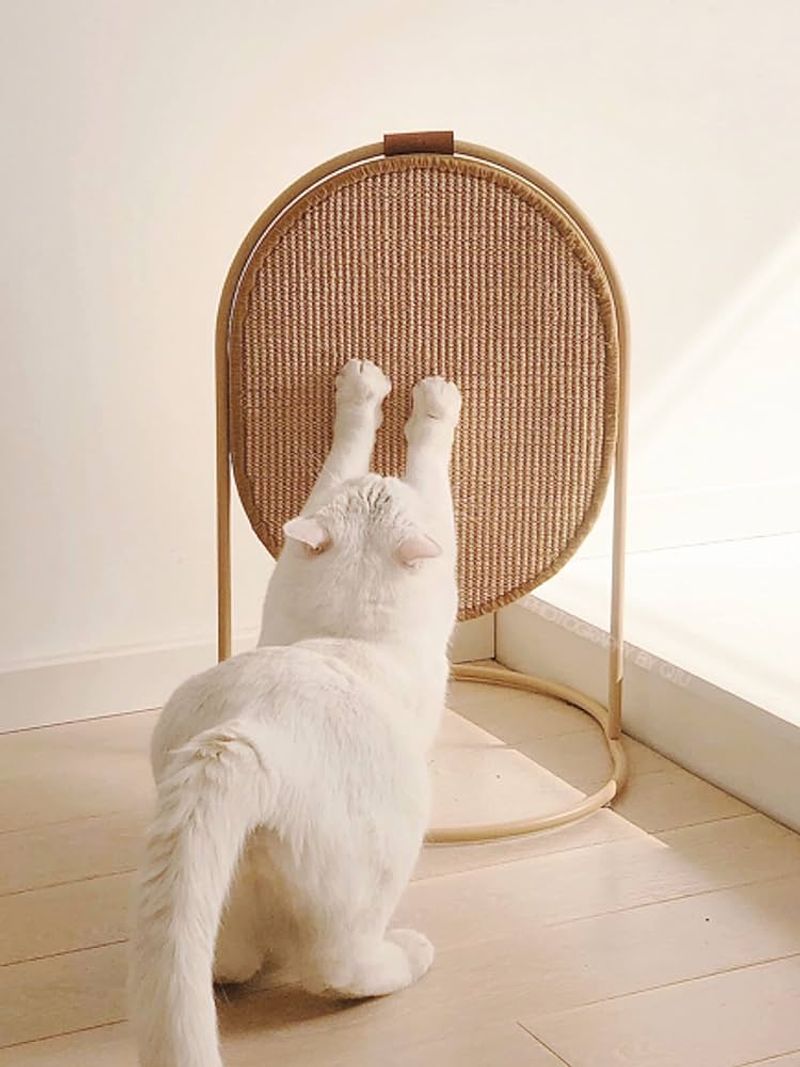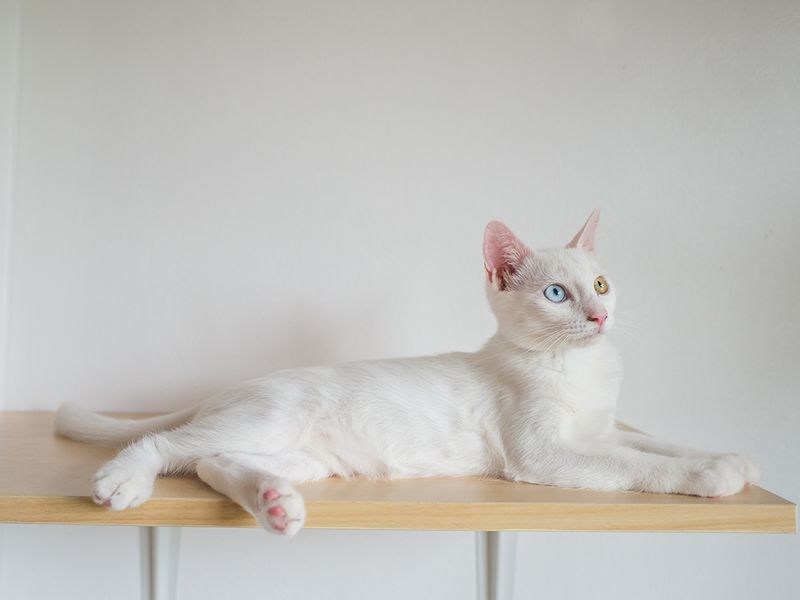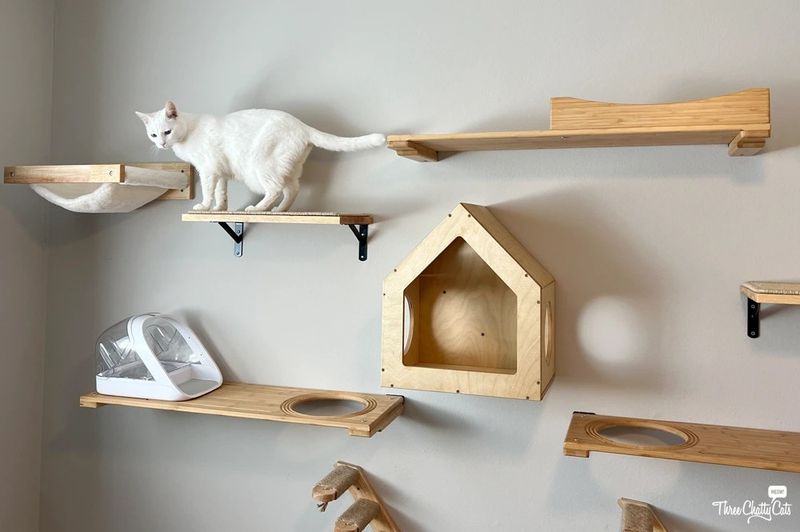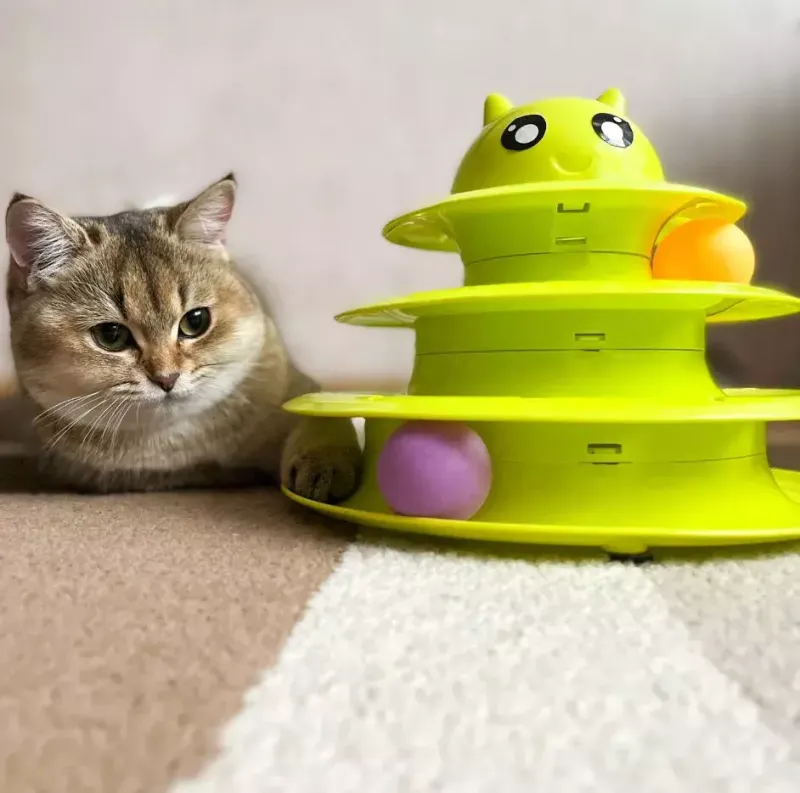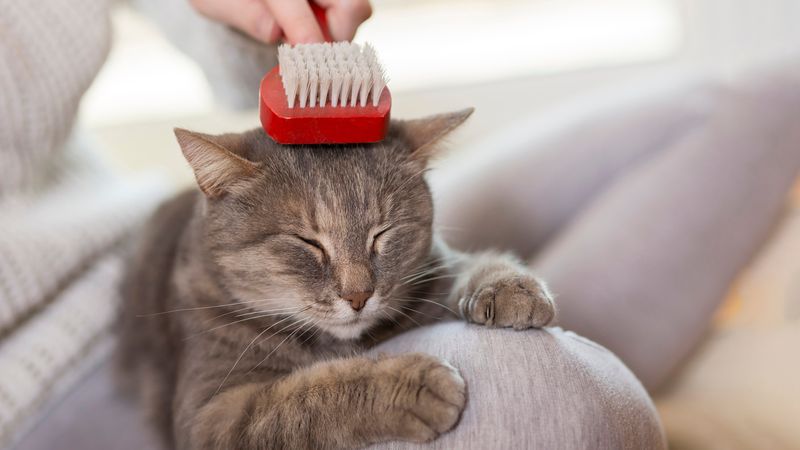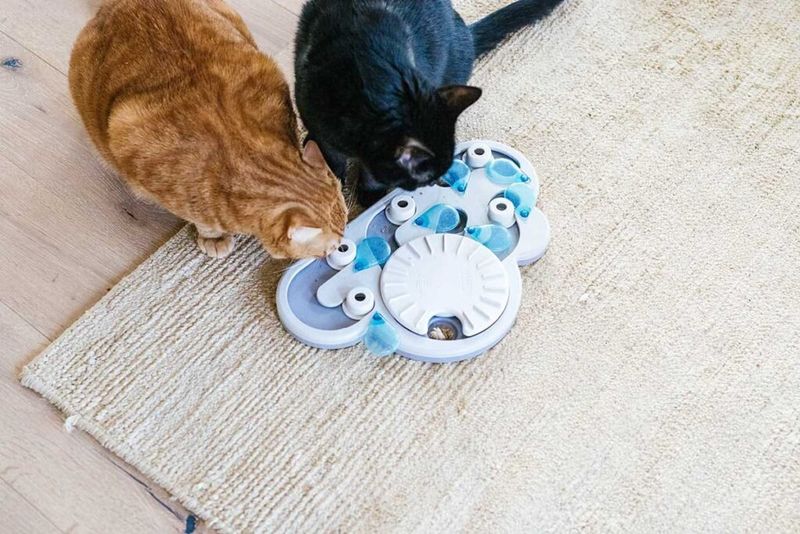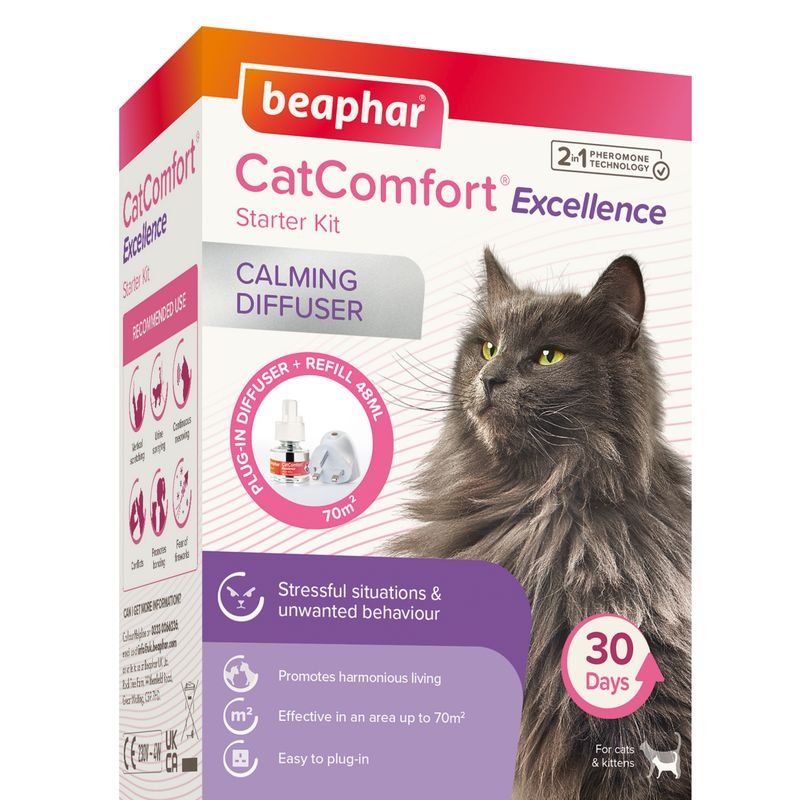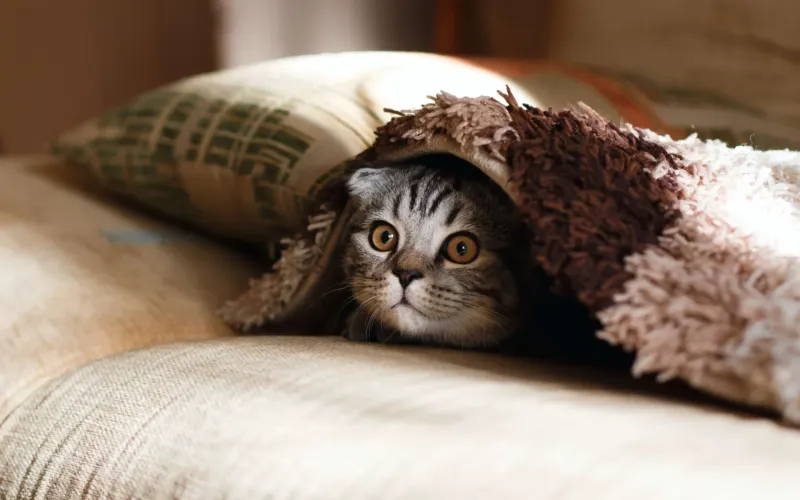📖 Table of Content:
- 1. Create a Cozy Hideaway
- 2. Refresh Their Water Sources
- 3. Grow Some Cat-Friendly Plants
- 4. Schedule a 15-Minute Play Session
- 5. Upgrade Their Scratching Options
- 6. Provide a Window Perch
- 7. Clean Their Litter Box Thoroughly
- 8. Create Vertical Space
- 9. Rotate Their Toys
- 10. Brush Your Cat Gently
- 11. Set Up a Food Puzzle
- 12. Create a Calm Environment
- 13. Designate a No-Pet Zone
Cats bring joy to our lives with their playful antics and soothing purrs. As cat parents, we want our feline friends to feel content and loved every day. Small changes in how we care for them can make a big difference in their happiness. Here are 13 simple things you can do right now that will have your cat purring with delight tomorrow.
1. Create a Cozy Hideaway
To help your cat feel secure, provide a quiet retreat. A cardboard box lined with a soft blanket and a familiar-scented item, such as a worn shirt, creates a comforting space. Position it in a low-traffic area that still offers a view of the room, allowing your cat to rest while staying connected.
Your cat needs to feel both hidden and connected at the same time. For extra appeal, cut multiple entrances into the box so your cat never feels trapped. This gives them control over their environment—something all cats crave for their emotional wellbeing.
2. Refresh Their Water Sources
Many cats drink more water when it’s fresh and available in multiple locations. Place water bowls throughout your home, away from food dishes and litter boxes. Ceramic or glass bowls are better than plastic, which can harbor bacteria. Consider investing in a cat fountain—the moving water appeals to their natural instinct to seek fresh water sources.
The gentle bubbling sound also creates sensory enrichment they’ll appreciate. Remember to clean all water dishes daily to prevent slime buildup. This simple habit ensures your cat stays properly hydrated, which supports kidney health and prevents urinary issues down the road.
3. Grow Some Cat-Friendly Plants
Fresh catnip, cat grass, or silver vine can provide your feline friend with safe nibbling options. These plants satisfy their natural grazing instincts while offering sensory stimulation they’ll love. Cat grass provides essential fiber and helps with digestion. Your cat might use it to settle an upset stomach naturally.
Catnip can trigger playful behavior in many cats, offering mental stimulation and exercise. Plant these feline favorites in sturdy containers placed near sunny windows. Just be sure to research other houseplants you own, as many common varieties are toxic to cats. Remove any dangerous plants to create a safer environment for your curious companion.
4. Schedule a 15-Minute Play Session
Active play mimics natural hunting behaviors that satisfy your cat’s primal instincts. Grab a wand toy and mimic prey movements—darting, hiding, and occasionally freezing. This engages their tracking skills and builds anticipation.
Vary your play style between ground-based movements (like mice) and aerial movements (like birds). Notice which style gets your cat more excited and lean into their preferences. End play sessions with a “successful hunt” by letting your cat catch the toy. This provides closure and satisfaction. Regular play reduces behavior problems, keeps your cat physically fit, and strengthens your bond—all in just 15 minutes a day!
5. Upgrade Their Scratching Options
Scratching isn’t just about claw maintenance—it’s a crucial form of feline expression. Observe where your cat naturally scratches and place appropriate scratchers there. Some cats prefer vertical posts while others like horizontal surfaces.
Materials matter too. Sisal rope, cardboard, and carpet offer different textures that appeal to different cats. Having multiple options throughout your home ensures your cat always has an appropriate place to scratch. Make new scratchers more appealing by rubbing them with catnip or silver vine powder. When your cat uses them, offer gentle praise. This positive reinforcement helps redirect scratching from furniture while satisfying their natural urges.
6. Provide a Window Perch
As natural observers, cats enjoy watching activity outside. A soft window perch offers a safe, stimulating view where they can spend hours tracking movement and soaking in sunlight.
Choose a window with an interesting outdoor activity and install a sturdy shelf or cushioned perch. South-facing windows offer warm sunlight that most cats find irresistible for napping. For added enrichment, hang a bird feeder within view but out of pouncing range. The movement and sounds of visiting birds will captivate your cat’s attention. This simple addition to your home satisfies their curiosity while providing mental stimulation throughout the day.
7. Clean Their Litter Box Thoroughly
A pristine bathroom experience makes everyone happier—cats included! Scoop the litter box twice daily and give it a complete cleaning today. Wash the box with mild soap and warm water, avoiding strong-smelling cleaners that might repel your sensitive cat.
Consider the litter itself. Many cats prefer unscented, clumping clay litter with a fine, sandy texture. If you’re using scented litter, try switching to unscented and see if your cat shows more approval. Location matters too. Move the box away from noisy appliances and high-traffic areas. Cats appreciate privacy when handling their business, just like we do! This simple maintenance routine dramatically improves their daily comfort.
8. Create Vertical Space
High spots make cats feel safe and powerful. Whether it’s a cat tree, a sturdy bookcase, or wall-mounted shelves, adding vertical options gives your cat more room to explore. Put one near a window, and they’ll enjoy the added bonus of bird-watching and sunbathing.
Vertical spaces serve as escape routes from other pets or small children. They reduce stress by giving your cat options to retreat when they need alone time. For multi-cat households, vertical spaces are especially important. They allow cats to establish personal territories and reduce conflict. Even in small apartments, wall-mounted shelves create valuable cat real estate without sacrificing your floor space.
9. Rotate Their Toys
Novelty keeps your cat mentally stimulated. Gather all your cat’s toys and divide them into three groups. Put two groups away in storage and leave just one group out for play. Every week, rotate to a different group of toys. When familiar toys reappear after being hidden away, cats often react with renewed interest.
This simple rotation system prevents toy boredom without requiring constant new purchases. While sorting toys, take a moment to clean them. Fabric toys can be refreshed in the washing machine, while plastic toys can be soaked in warm, soapy water. Fresh, clean toys are more appealing to your cat’s sensitive nose and make playtime more engaging.
10. Brush Your Cat Gently
Regular grooming sessions benefit your cat physically and emotionally. Short-haired cats need brushing weekly, while long-haired breeds may need daily attention. Start with just 5 minutes of gentle brushing, focusing on areas your cat enjoys. The right brush makes all the difference.
Soft bristle brushes work well for short-haired cats, while long-haired cats benefit from slicker brushes or combs. Always brush in the direction of hair growth to prevent discomfort. Beyond reducing hairballs and shedding, grooming mimics the social bonding cats experienced as kittens. The rhythmic strokes remind them of their mother’s grooming, creating a sense of security and strengthening your bond.
11. Set Up a Food Puzzle
Dinner doesn’t have to be boring! Turn it into a mini hunting adventure with a food puzzle. Just stash some kibble in a toy and let your cat work for their meal. Start with easy ones to help them get the hang of it.
Even a muffin tin with kibble hidden under toy balls provides mental stimulation. As your cat masters simpler challenges, gradually introduce more complex puzzles. This feeding method slows down fast eaters, potentially reducing digestive issues. It also provides environmental enrichment that fights boredom and obesity. Many cats show increased satisfaction after “hunting” for their meals rather than finding them served in the same spot daily.
12. Create a Calm Environment
Cats are sensitive to their surroundings. Take time today to evaluate your home’s noise level and make adjustments. Lower the volume on TVs and speakers, especially those near your cat’s favorite resting spots. Consider using white noise machines or soft classical music in rooms where your cat spends time.
Studies show these sounds can mask startling noises and create a more peaceful atmosphere for sensitive felines. Synthetic pheromone products like Feliway can help create a sense of security. These diffusers or sprays mimic the natural facial pheromones cats use to mark safe territories. A calmer environment reduces stress-related behaviors and helps your cat feel more secure in their domain.
13. Designate a No-Pet Zone
Predictability helps cats feel secure. Set up a designated sanctuary where they can retreat undisturbed. Keep it stocked with essentials like water, bedding, and a litter box if it’s far from their usual one.
The key is consistency—everyone in the household must respect this as a no-disturbance zone. Having a reliable retreat reduces anxiety, especially during stressful times like holidays or home renovations. When cats know they have a guaranteed safe space, they’re often more confident exploring the rest of your home. This balance between security and adventure contributes significantly to their overall happiness.
